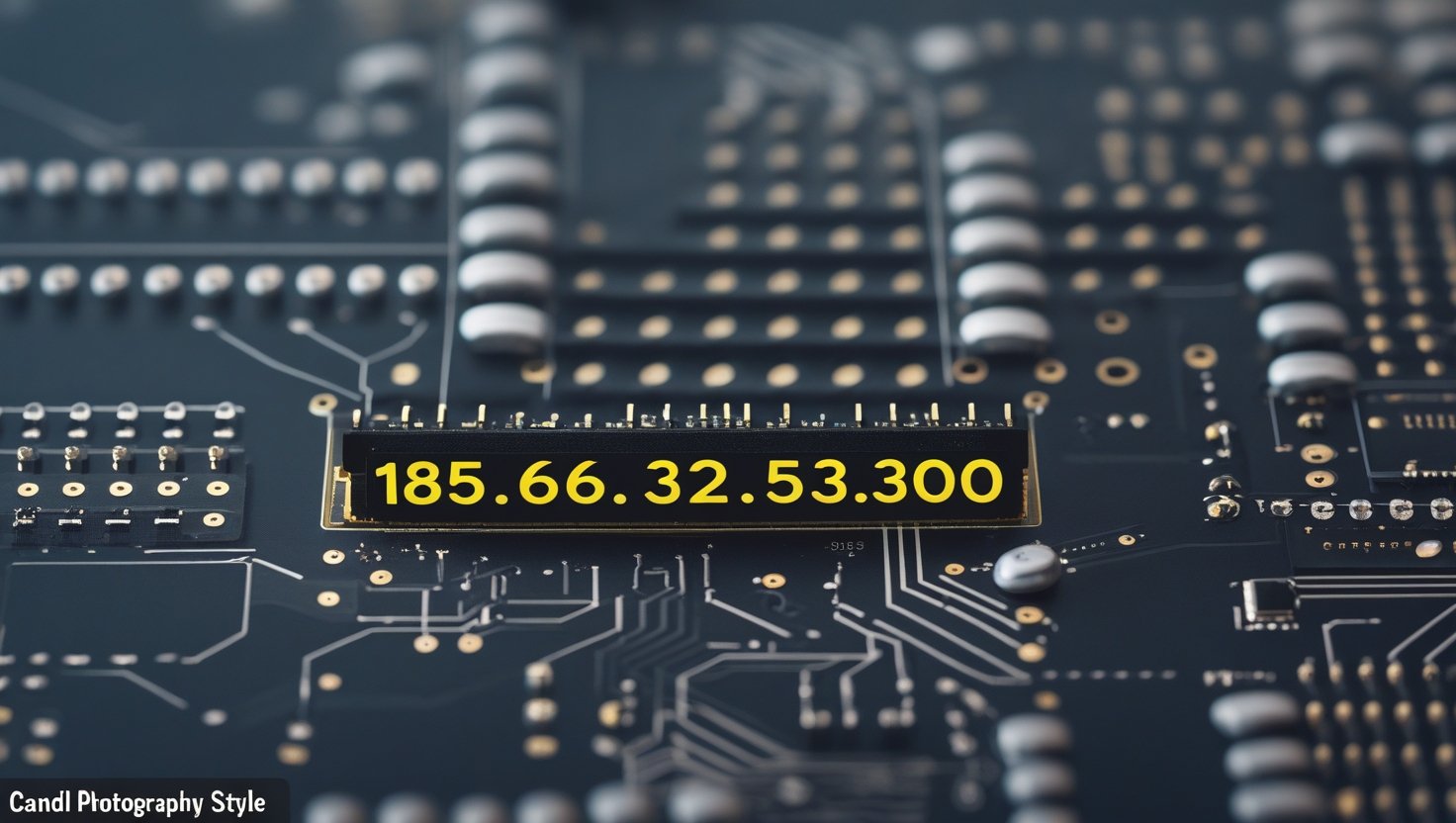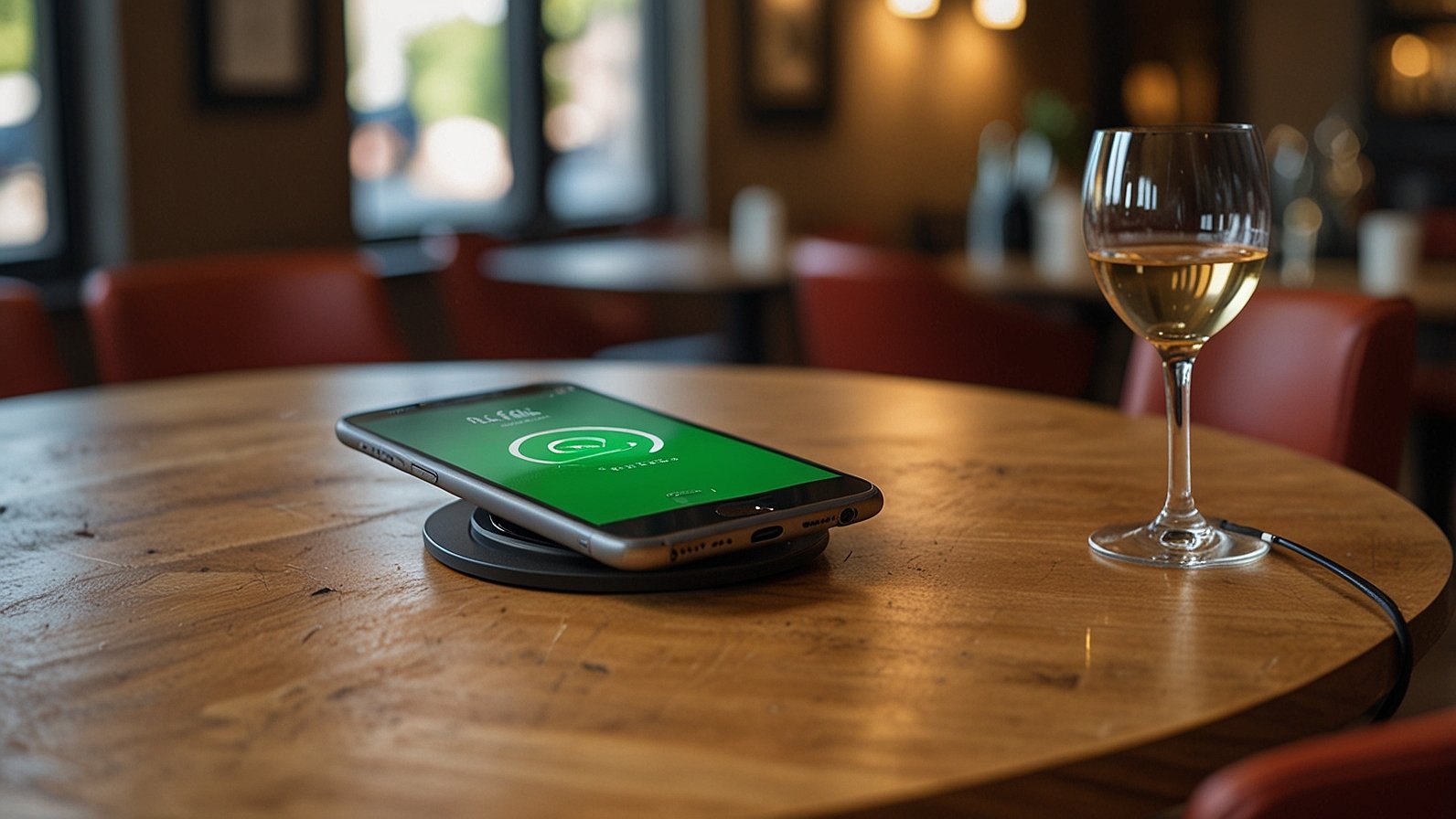You confidently type 185.63.253.300 into your network settings, hit enter, and… nothing happens. No connection. No error message that makes sense. Just digital silence. If you’ve ever encountered this frustration, you’re not alone. What looks like a perfectly normal set of numbers is actually as functional as a phone number with letters—it simply can’t work. Let’s unravel why this seemingly ordinary sequence fails the internet’s most basic test and what it teaches us about the invisible architecture of our online world.
Decoding the Digital DNA: What IP Addresses Really Are
Think of an IP (Internet Protocol) address as your device’s passport number on the global internet. Just as passports have strict formatting rules (country codes, digits, expiration dates), IP addresses follow unbreakable structural laws. These numeric labels allow routers to send data precisely where it needs to go—like a postal system for ones and zeros.
IPv4 addresses, the original standard governing most of today’s internet, are built on four distinct segments called octets, separated by periods. The magic—and limitation—lies in their mathematical boundaries:
Anatomy of a Valid IPv4 Address
| Octet Position | Example Value | Valid Range | Purpose |
|---|---|---|---|
| First | 185 | 0-255 | Network Identifier |
| Second | 63 | 0-255 | Subnet Group |
| Third | 253 | 0-255 | Device Subgroup |
| Fourth | 200 | 0-255 | Specific Host |
Now, let’s autopsy our problem child: 185.63.253.300.
Why 185.63.253.300 is Digitally Impossible
At first glance, 185.63.253.300 looks legitimate. But hidden in plain sight is a critical flaw:
- ✅ 185 is valid (0-255)
- ✅ 63 is valid (0-255)
- ✅ 253 is valid (0-255)
- ❌ 300 is INVALID (exceeds 255)
This isn’t a bureaucratic technicality—it’s binary math in action. Each octet represents 8 bits (1s or 0s). Eight bits can only express numbers from 00000000 (0) to 11111111 (255). 300? That’s 100101100 in binary—a 9-bit number. It’s like trying to fit a skyscraper into a single-story zoned lot.
Real-World Impact: Entering 185.63.253.300 would trigger immediate errors:
- Operating systems reject it outright
- Routers discard requests
- Security logs flag it as malformed (potential threat indicator)
The Unseen Rules: Why 0-255 is Non-Negotiable
The 0-255 range isn’t arbitrary—it’s baked into the internet’s foundation. When engineers designed IPv4 in the 1970s, they allocated 32 bits total per address (4 octets × 8 bits). This allowed for ~4.3 billion unique addresses—a number deemed “more than enough” at the time.
Consequences of Breaking the Rules
- Network Confusion: Routers read octets as binary. 300 forces an impossible 9-bit calculation.
- Security Risks: Malware sometimes uses invalid IP formats to evade detection.
- System Crashes: Older systems might freeze when parsing values >255.
How to Spot (and Fix) Invalid IPs Like 185.63.253.300
Use this actionable checklist to validate any IPv4 address:
- Split by Periods → Should create exactly four segments
- Check for Numeric Values → Letters or symbols = invalid
- Validate Each Octet → All must be 0-255
- Avoid Leading Zeros → 192.168.001.002 often misconfigures
Tools That Help:
ping 185.63.253.300→ Returns “Invalid argument” (Linux) or “Ping request could not find host” (Windows)- Online validators like WhatIsMyIPAddress.com
- Network scanners (e.g., Advanced IP Scanner)
Beyond IPv4: The Rise of IPv6 and the Future of Addressing
IPv4’s 4.3 billion addresses are exhausted. That’s why IPv6 emerged—with 128-bit addresses (eight groups of hex digits), allowing for 340 undecillion unique combos. Compare the standards:
IPv4 vs. IPv6: A Critical Evolution
| Feature | IPv4 (e.g., 192.0.2.1) | IPv6 (e.g., 2001:0db8:85a3:0000:0000:8a2e:0370:7334) |
|---|---|---|
| Address Size | 32 bits | 128 bits |
| Total Addresses | ~4.3 billion | 340 undecillion (3.4 × 10³⁸) |
| Octet/Hextet Range | 0-255 per octet | 0000-FFFF per hextet (0-65535) |
| Error Resilience | Breaks if >255 | Allows values up to 65535 per segment |
IPv6 makes addresses like 185.63.253.300 obsolete—but migration is slow. Until then, IPv4’s rigid rules remain vital.
Why This All Matters: Your Digital Literacy Toolkit
Understanding IP validity isn’t just for IT pros. It empowers you to:
- Troubleshoot home networks faster
- Identify phishing scams (fake links with malformed IPs)
- Grasp internet governance (e.g., ICANN’s role in IP allocation)
- Future-proof your tech skills as IPv6 adoption grows
3 Steps to Apply Today:
- Audit Your Devices: Run
ipconfig(Windows) orifconfig(Mac/Linux) to see your valid IP. - Bookmark a Validator: Use IP Checker for instant verification.
- Spread Awareness: Teach others the “0-255 rule” to demystify connectivity issues.
The internet feels abstract until you hit a wall like 185.63.253.300. Now you know: it’s not a conspiracy or glitch—it’s math enforcing order in our digital chaos.
FAQs:
Q1: Can an IP address end with 0 or 255?
A: Yes! 0 often denotes a network address (e.g., 192.168.1.0), and 255 is a broadcast address (e.g., 192.168.1.255). Both are valid if within subnet rules.
Q2: Is 185.63.253.300 a hacker tool?
A: Unlikely. Hackers use valid IPs to avoid detection. Invalid addresses like this typically indicate typos or configuration errors.
Q3: Why don’t systems auto-correct invalid IPs?
A: For security! Guessing the “right” address could redirect traffic maliciously. Explicit accuracy is non-negotiable.
Q4: Could IPv6 addresses have similar issues?
A: Less common. IPv6’s hex format (0-9, A-F) and larger range (0-65535 per segment) reduce typos—but values like GHT7 would still break rules.
Q5: How did 185.63.253.300 even get created?
A: Usually human error—misconfiguring a router, mistyping in software, or copying corrupted data.
Q6: Are there reserved IP ranges I should know?
A: Yes! 10.0.0.0/8, 172.16.0.0/12, and 192.168.0.0/16 are private networks. 127.0.0.1 is always your own device (localhost).
Q7: Will IPv4 disappear because of IPv6?
A: Not soon. Both will coexist for decades. But understanding IPv4’s constraints—like the 0-255 rule—remains essential.
YOU MAY ALSO LIKE: Revo Technologies Murray Utah: Delivering Innovation and IT Solutions











